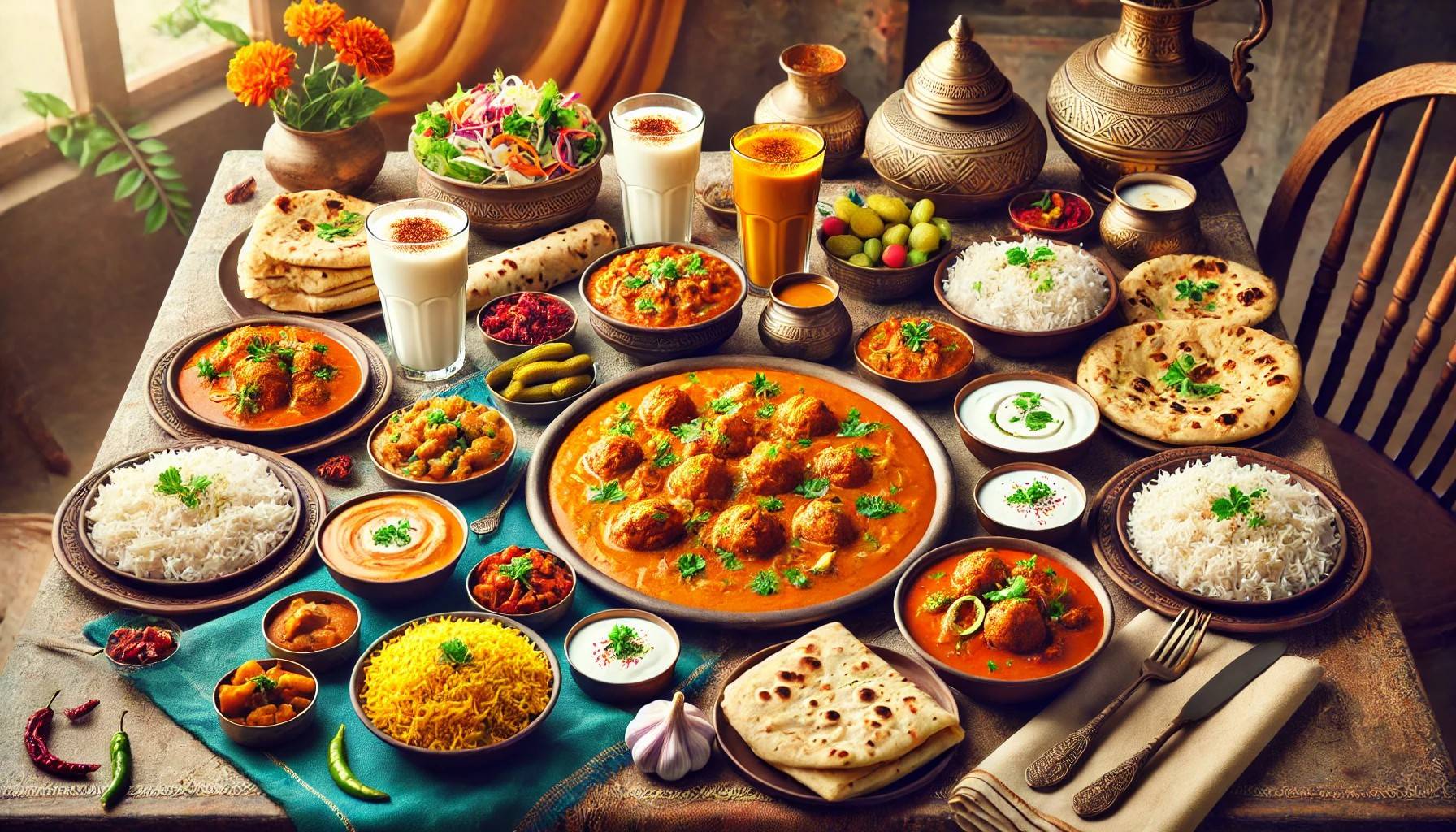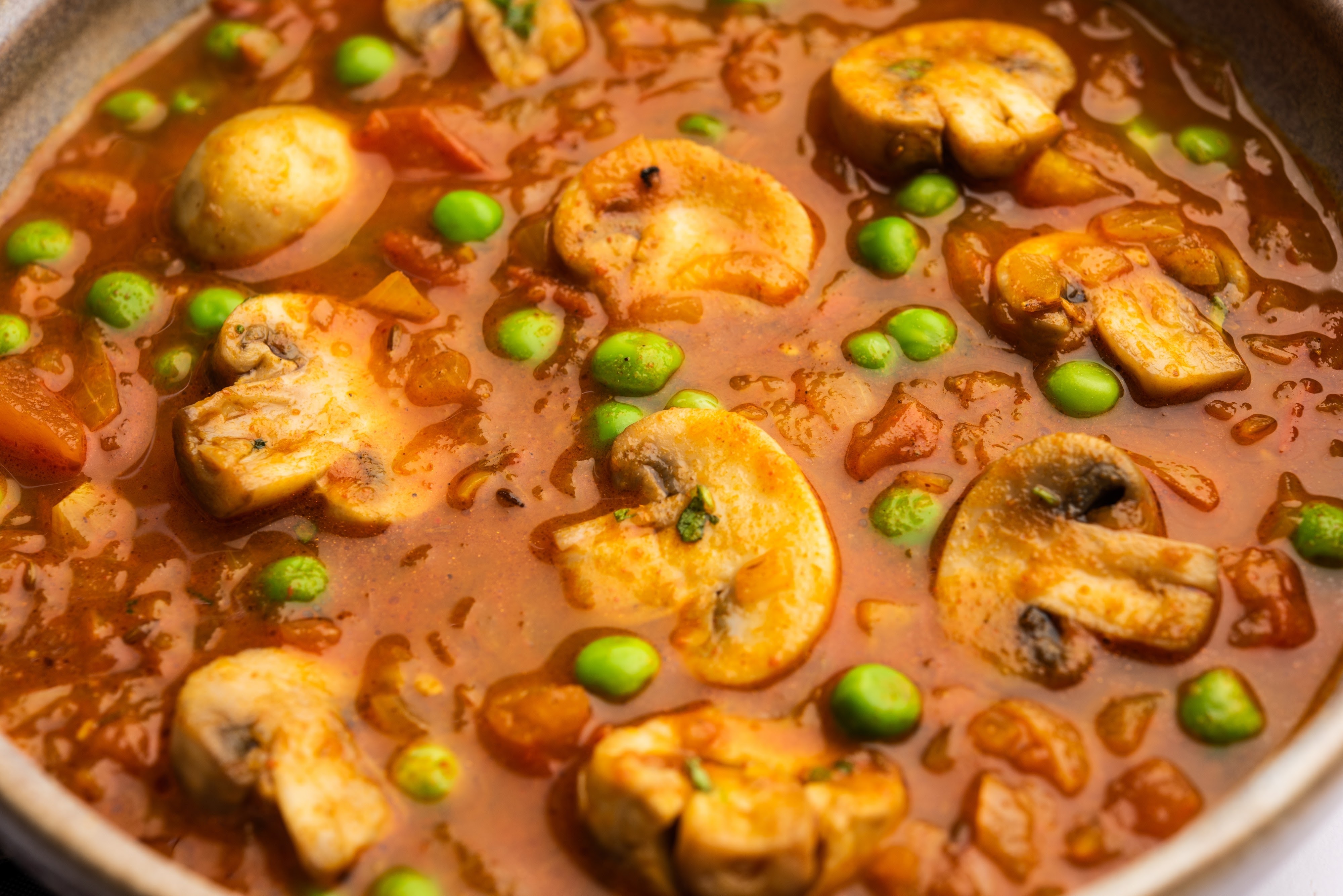Sanson Ka Saag: A Traditional Winter Delight from the Heart of Punjab
Introduction
When it comes to traditional North Indian cuisine, few dishes evoke as much nostalgia and regional pride as Sanson Ka Saag. Known for its earthy flavor and deep cultural roots, this winter delicacy holds a special place in Punjabi households and beyond. Though often overshadowed by its more famous cousin, Sarson ka Saag, Sanson Ka Saag stands out for its unique preparation and distinct nutritional benefits.
1. The Origins of Sanson Ka Saag
Sanson Ka Saag traces its roots to rural Punjab, where local farmers relied on seasonal greens to create hearty meals during the chilly months. The term “saag” refers to leafy greens, and “sanson” denotes a specific variety of mustard or wild greens found in northern India. Traditionally, these greens were cooked slowly over a wood fire, preserving their flavor and texture while offering warmth and sustenance during winter.
2. A Cultural and Seasonal Staple
a. A Winter Tradition
Sanson Ka Saag is deeply associated with winter harvest festivals, especially Lohri and Maghi. It symbolizes the connection between the people and their land, celebrating the bounty of nature during the cold season.
b. Served with Makki Ki Roti
While the recipe itself may vary from region to region, Sanson Ka Saag is almost always paired with Makki ki Roti (cornmeal flatbread), creating a combination that’s both comforting and nourishing.
3. Nutritional Benefits of Sanson Ka Saag
This dish is a powerhouse of nutrients, thanks to the variety of greens used in its preparation. Here’s what makes it so healthy:
a. Rich in Vitamins and Minerals
Sanson Ka Saag is packed with vitamin A, C, and K, along with minerals like iron, calcium, and magnesium, all essential for maintaining bone health and boosting immunity.
b. High in Antioxidants
The leafy greens contain natural antioxidants that help combat inflammation, reduce oxidative stress, and promote overall wellness.
c. Supports Digestion
The fiber content in Sanson Ka Saag aids digestion and promotes gut health, making it both wholesome and beneficial for daily consumption during the winter season.
4. Distinct Flavor and Aroma
What sets Sanson Ka Saag apart is its robust, slightly bitter flavor balanced by aromatic spices and slow cooking techniques. The result is a dish that’s rich, flavorful, and deeply satisfying—an authentic expression of Punjab’s rustic culinary artistry.
5. Regional Variations and Modern Adaptations
a. Regional Twists
While Punjab remains the heartland of Sanson Ka Saag, neighboring regions in Haryana, Himachal Pradesh, and Uttar Pradesh have their own variations, often incorporating local greens or flavoring agents.
b. Modern Versions
Contemporary chefs have experimented with health-focused adaptations, using less ghee or pairing it with millet rotis for a balanced diet—demonstrating how tradition can meet modern wellness trends.
6. Cultural Significance and Festive Connection
Sanson Ka Saag isn’t just food—it’s a symbol of tradition, togetherness, and gratitude. In Punjabi homes, preparing and sharing this dish during winter gatherings represents warmth, family bonding, and respect for agricultural heritage.
Conclusion
Sanson Ka Saag is much more than a seasonal dish—it’s a celebration of heritage, health, and harmony with nature. Rooted in the farmlands of Punjab, this saag continues to warm hearts and nourish generations. Whether enjoyed with Makki ki Roti by the fireplace or served at festive gatherings, Sanson Ka Saag remains a timeless reminder of India’s rich culinary legacy.



.jpeg)




